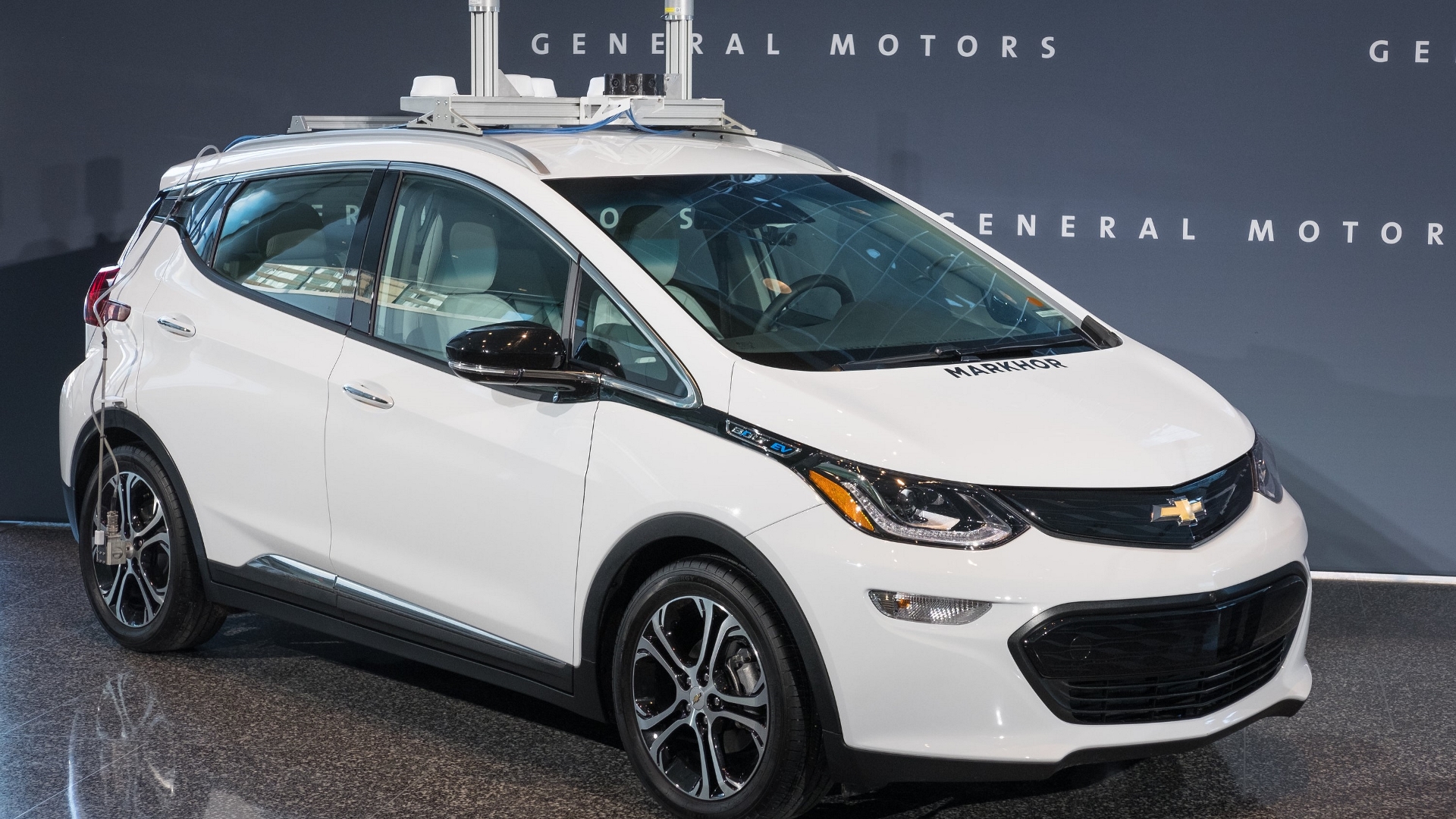

General Motors’ Cruise Automation division told California regulators that its self-driving cars were involved in six accidents in the state during the month of September, according to Reuters. But Cruise claims none of its cars were at fault.
Cruise also said the accidents did not result in any injuries or serious vehicle damage. All companies testing self-driving cars on public roads must report crashes to California regulators. The disclosures show that self-driving cars aren’t immune to accidents—especially when they share the road with human drivers.
Including the six crashes reported for September, Cruise’s autonomous Chevrolet Bolt EV electric cars have been involved in 13 crashes in California so far this year, according to Reuters. Waymo self-driving cars have been involved in three crashes on California roads.
Most of the Cruise accidents involved drivers of other cars running into the Chevys. In one instance, the driver of a Ford Ranger rear-ended a self-driving car while it was stopped at a red light; that driver was using his mobile phone at the time. On September 15, a Dodge Charger attempted to illegally pass a Bolt EV that was driving in autonomous mode. The Dodge scraped the Chevy’s front sensor and fled the scene.
Irresponsible human drivers weren’t the only problem. In another incident, a Cruise employee sitting behind the wheel of one of the Bolt EVs noticed an intoxicated cyclist going the wrong way. The driver stopped the Bolt, but the cyclist still hit the car, falling over and causing some minor damage when grabbing one of the car’s sensors.
Cruise claims its new generation of autonomous Bolt EVs is ready for mass production, but these accidents show that unpredictable human drivers (and cyclists) still present a problem for self-driving cars. An autonomous car may follow the rules all the time, but that doesn’t mean the cars around it will do the same. Self-driving cars have the potential to decrease crashes, but that may depend on getting human drivers off the road.